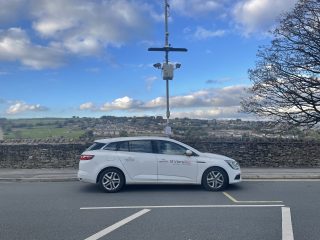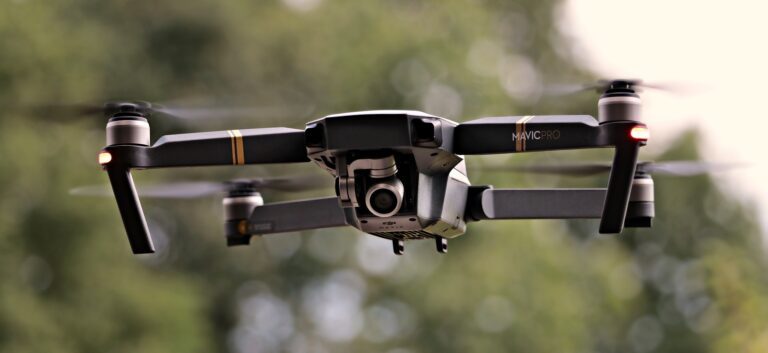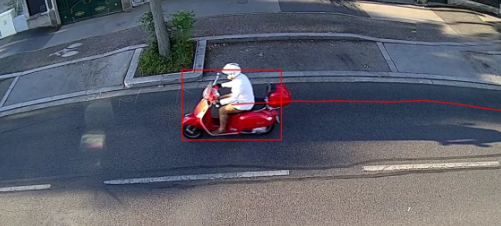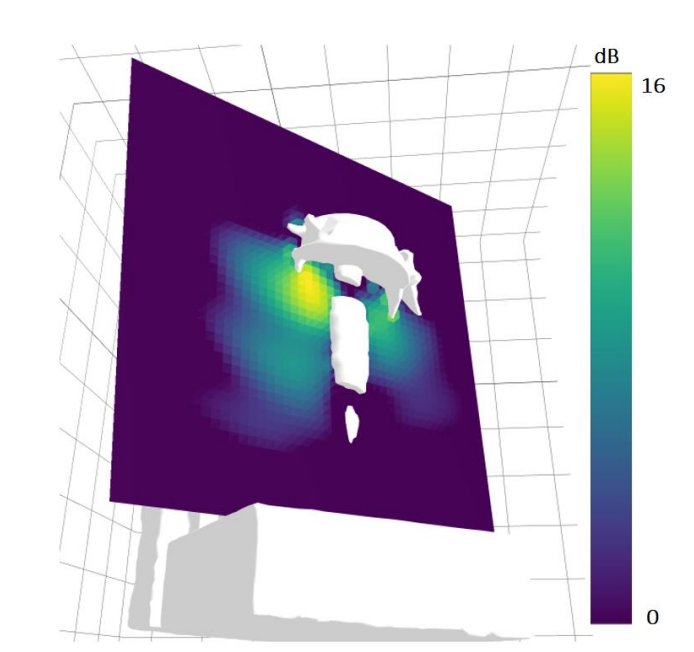The latest European Environment Agency and World Health Organization estimates are that road traffic noise causes 100,000 cases of premature death annually in Europe. The estimated social costs of environmental noise across the EU amount to 40 billion euros per year, of which 90% is related to road traffic (passenger cars and heavy vehicles). European regulations are becoming more and more restrictive, leading to silent baseline cars. Remapped car engines and racing exhaust systems used in public space are illegal, but complex to track and catch. This paper presents the innovative DBFlash system, which is dedicated to detecting, identifying and the sanctioning noisy vehicles. Utilization is directly inspired by speed cameras (radars).
Accurate Vehicle Pass-by Noise Emission Quantification in Real-life Traffic
Accurate vehicle pass-by noise emission quantification in real-life traffic

Authors
Lucille Pinel Lamotte, Fabien Lepercque, Valentin Baron.
MicrodB
28 chemin du Petit Bois, 69130 Ecully, France
Abstract
Acoustic monitoring aims at detecting, identifying and classifying sound sources. Recently, applications such as street sound events detection or vulnerable areas protection have taken advantage of its techniques. Sound sources of interest can be as varied as dog barks, engine or drone noises and even gunshots sounds. Noises measurement and data processing are two key aspects of such applications. Noise measurement can be carried out with a single microphone but in most environment, the presence of both multiples sources and high background noise (wind, traffic) requires a microphone array to extract the signal of interest and localize the sound sources. This paper presents a methodology to control loud vehicle pass-by noise in streets. First, a specific noise camera, including acoustic and video measurements, allows to localise
the sound sources. Limited to one line of microphones for cost and compactness reasons, this array is not able to separate
the source of interest (a vehicle to control) from the background noise in its main directivity lobe. To do so, statistical learning is leveraged, using multimodal measurements to eliminate false alarms. This paper details the proposed joined methodology to localize and identify vehicle pass-by noise, and presents applications on experimental data.
Keywords: source localization, source identification, pass-by noise, acoustic monitoring

Accurate Vehicle Pass-by Noise Emission Quantification in Real-life Traffic
Consult the full publication







